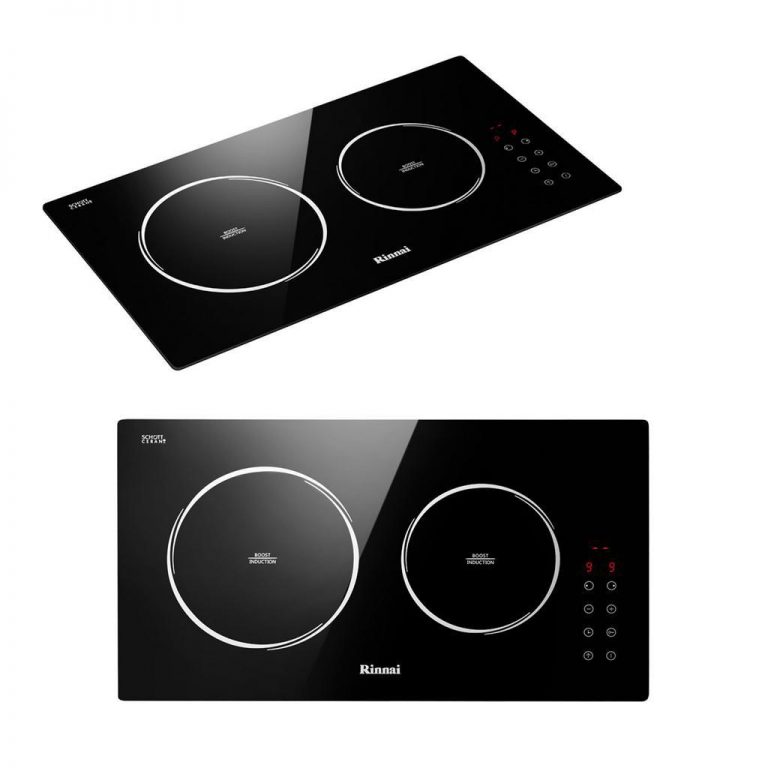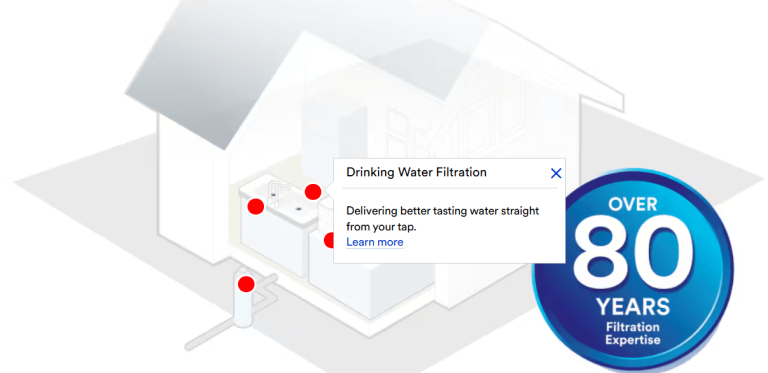The Science of Brewing: How Coffee Machines Extract Flavor from Beans
Brewing coffee is not just a simple process; it’s a precise science that involves the extraction of flavors and aromas from coffee beans.
Coffee machines play a central role in this scientific endeavor by carefully controlling various variables to produce the perfect cup of coffee.
In this detailed exploration, Product Expert from xam max kitchen will delve into the fascinating science behind how coffee machines extract flavor from coffee beans.
The Coffee Bean’s Chemistry
Coffee beans are complex chemical compounds, comprising carbohydrates, lipids, proteins, and various volatile compounds responsible for aroma and flavor.
Roasting transforms these compounds, creating a dynamic mix of flavors that can be unlocked through brewing.
Solubility of Coffee Compounds
Many of the desirable flavors in coffee are soluble, meaning they can dissolve in water. The solubility of these compounds is temperature-dependent.
Coffee machines use hot water to extract these soluble compounds from the coffee grounds.
Extraction Process
The coffee extraction process involves dissolving coffee compounds from the grounds into the water. This process is influenced by multiple factors:
- Time: The duration of extraction affects the concentration of flavors; shorter extraction times yield brighter, more acidic flavors, while longer times can lead to bitterness.
- Temperature: Hot water facilitates the extraction process by increasing the solubility of compounds.
- Pressure: Espresso machines use pressure to extract flavors quickly, resulting in concentrated shots.
- Grind Size: The size of coffee grounds impacts the rate of extraction; finer grounds have more surface area and extract more quickly.
Water Quality
The water used in brewing significantly impacts the final cup. Water’s mineral content, temperature, and cleanliness all play roles in the extraction process.
Coffee machines often have water filtration systems to ensure high-quality water.
Brewing Methods
Coffee machines have revolutionized the way we prepare and enjoy coffee. They offer a variety of brewing methods, each with its own unique characteristics, allowing coffee enthusiasts to tailor their coffee experience to their preferences.
Drip Brewing:
Drip brewing is one of the most common methods used in households and offices. Coffee machines equipped with a drip brewing system use a paper or metal filter to hold ground coffee, and hot water is dripped over it. This method is known for its convenience and consistency, producing a smooth, mild cup of coffee.
Espresso Brewing:
Espresso is the base for many coffee drinks like lattes, cappuccinos, and Americanos. Espresso machines force hot water through finely ground coffee beans under high pressure. The result is a concentrated, rich, and bold coffee with a layer of crema on top. Espresso machines can be manual or automatic, allowing for various levels of control and customization.
French Press:
Coffee machines with a French press option offer a unique brewing method. Coarsely ground coffee is steeped in hot water, and then a metal or mesh plunger is used to separate the grounds from the liquid. This method yields a full-bodied coffee with a robust flavor profile, often preferred by those who enjoy a heavier mouthfeel.
Pour-Over:
Some advanced coffee machines incorporate pour-over brewing, emulating the manual pour-over method. Hot water is poured evenly over a bed of coffee grounds, allowing for precise control over factors like water temperature and flow rate. This method produces a clean, nuanced cup of coffee, highlighting the unique characteristics of the beans.
Single Serve Brewing:
Single-serve coffee machines, such as Keurig, Nespresso, and Tassimo, have gained popularity for their convenience. These machines use pre-packaged coffee pods or capsules, allowing users to quickly brew a single cup of coffee with minimal mess and effort. While they lack the customization of other methods, they offer a wide range of flavors and coffee types.
Cold Brew:
Some coffee machines are designed specifically for cold brew coffee. Cold water is slowly infused with coarsely ground coffee over an extended period, typically 12-24 hours. The result is a smooth, low-acid coffee concentrate that can be diluted and served over ice. Cold brew coffee machines streamline this process for home use.
Aeropress:
Aeropress coffee makers have gained a devoted following for their ability to produce a clean, espresso-like coffee concentrate. Hot water is forced through finely ground coffee using air pressure. The resulting coffee is versatile and can be enjoyed as-is or diluted to suit individual tastes.
Siphon Brewing:
Siphon or vacuum coffee makers are less common but offer a visually impressive brewing process. Water is heated in a lower chamber, and as it vaporizes, it rises to the upper chamber, where it infuses with coffee grounds. Once removed from heat, a vacuum effect draws the brewed coffee back into the lower chamber, resulting in a unique and aromatic coffee.
Coffee machines have come a long way in offering a diverse range of brewing methods, catering to the preferences of coffee aficionados worldwide. Whether you prefer the simplicity of drip brewing, the intensity of espresso, or the artistry of pour-over, there’s a coffee machine out there to help you brew your perfect cup of coffee.
Balancing Extraction
Achieving a balanced extraction is crucial. Under-extraction results in a sour, weak cup, while over-extraction leads to bitterness.
Coffee machines strive to find the sweet spot where the extraction produces a harmonious balance of flavors.
Customization
Many coffee machines offer customization options to adjust variables like grind size, water temperature, and brew time, allowing coffee enthusiasts to tailor their brews to their preferences.
Crema Formation
Espresso machines are known for producing a creamy layer called crema. This is created through the emulsification of oils in the coffee during pressurized extraction.
Aroma Release
A significant part of coffee enjoyment is the aroma. Coffee machines aim to release these volatile aromatic compounds during brewing, enriching the sensory experience.
Final Presentation
Coffee machines ensure that the final presentation, from the crema on an espresso shot to the body and color of the brewed coffee, is appealing to the senses.
Conclusion
Product Expert from xam max kitchen metnioned that coffee machines are remarkable instruments of precision, orchestrating the intricate dance of chemistry and physics required to extract the rich flavors and aromas locked within coffee beans.
Understanding the science behind this process not only deepens your appreciation of your daily brew but also empowers you to fine-tune your coffee-making skills to achieve the perfect cup of coffee that suits your unique taste preferences.







